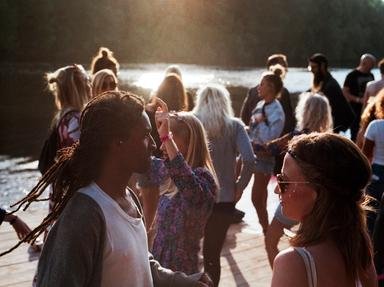Quiz Answer Key and Fun Facts
1. Which of the following Presidents visited Australia twice in the space of fourteen months?
2. There is, in fact, a bunch of Americans in Australia as you read this! They are doing vewwy, vewwy secret things, way out in the desert, where nobody can see them! They work at a place called "Joint Defence Facility ____ ____"?
3. Edward Leonski was an American soldier serving in Australia during WWII. He was accused of the murders of three women. What was his eventual punishment?
4. Which of the following American Generals was based in the Australian city of Brisbane for a portion of WWII?
5. Frank Sinatra caused a big stir when he came, saw and (in his own mind, undoubtedly) conquered Australia in 1974. What did he do that caused pandemonium in that year?
6. They were "overpaid, oversexed, and over here". To which group of Americans does this saying relate?
7. Thomas and Eileen Lonergan were two Americans that made big news in Australia in 1998, but for what reason?
8. U.S. Soldiers featured in which of these 'disagreements' in Australia during World War II?
9. This American spent some years in Australia as a mining engineer and consultant. After these fifteen minutes of fame, he found another job as the U.S. President! Who was he?
10. In February 2007, Sylvester Stallone did what that brought him to the attention of most Australians?
Source: Author
FussBudget
This quiz was reviewed by FunTrivia editor
bloomsby before going online.
Any errors found in FunTrivia content are routinely corrected through our feedback system.
